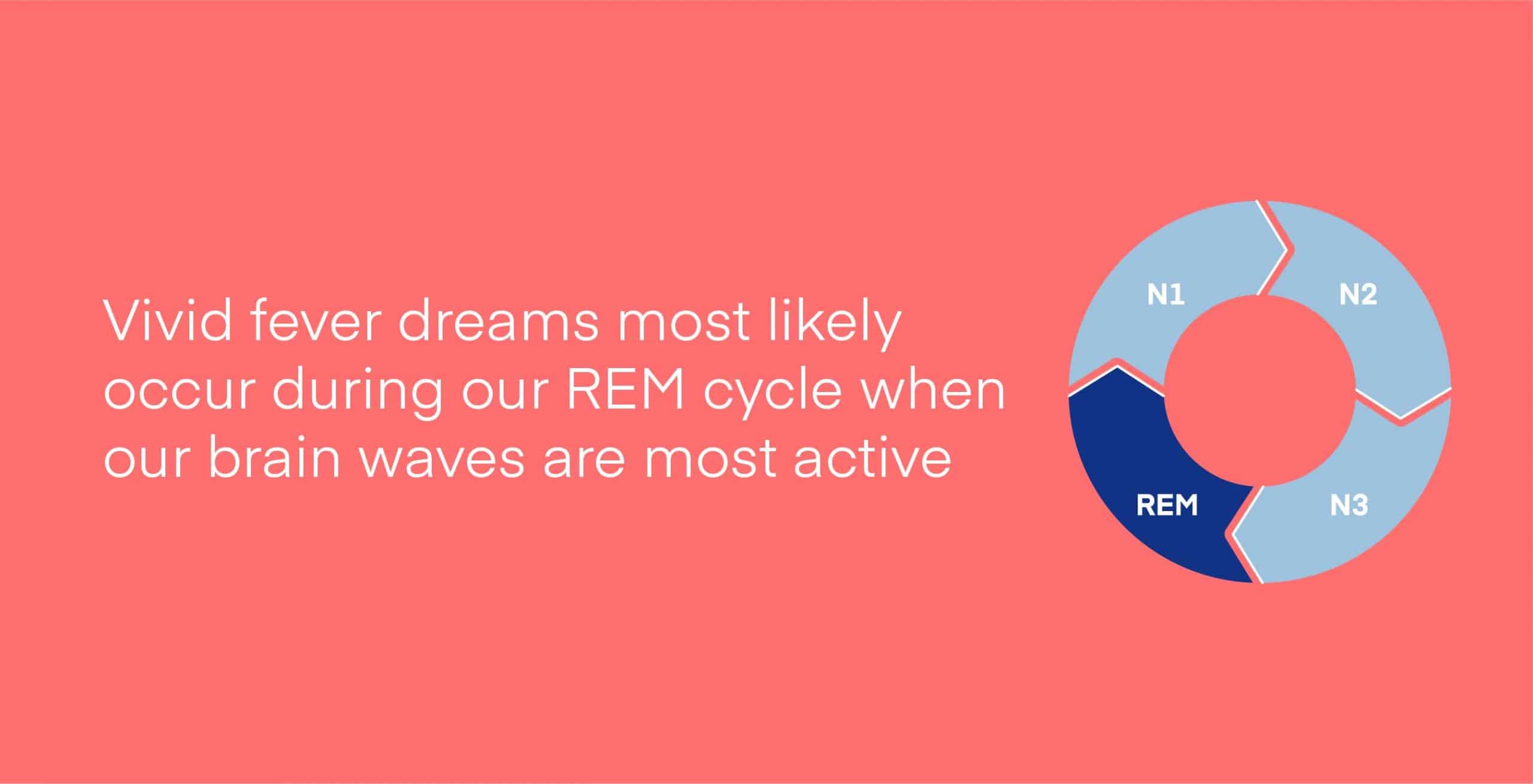Differential Diagnosis of Dreams vs. Fevers

Dream vs fever prediction – Dreams and fevers are two distinct physiological and psychological experiences that can share certain symptoms, making it crucial to differentiate between them for accurate diagnosis and treatment.
The hazy line between dreams and fever predictions blurred as I delved into the depths of the upcoming min vs tb mlb match. Like a fever dream, the possibilities swirled, each outcome as vivid and elusive as the other. Yet, amidst the chaos, the allure of unraveling the truth remained, guiding me back to the ancient art of dream interpretation, where whispers of fate mingled with the shadows of uncertainty.
Dreams, a natural part of the sleep cycle, are vivid mental experiences that often involve sensory, emotional, and cognitive components. They occur during rapid eye movement (REM) sleep and are believed to play a role in memory consolidation, emotional processing, and creativity.
In the realm of the enigmatic, where dreams dance with reality, we ponder the delicate balance between prophecy and fevered hallucinations. Like the clash of titans in Seattle vs Dallas WNBA , the battle between dream and fever rages within our minds.
As the boundaries blur, we seek clarity amidst the chaos, discerning the whispers of destiny from the delirious whispers of the night.
Fevers, on the other hand, are a physiological response to infection or inflammation. They are characterized by an elevated body temperature, typically above 100.4°F (38°C), and are often accompanied by symptoms such as chills, sweating, headache, and muscle aches.
In the realm of prophecy, dreams and fevers have long been intertwined, each offering a glimpse into the future. Like the shimmering olive , a symbol of wisdom and peace, the interpretation of these visions requires careful discernment. While dreams may reveal hidden desires and fears, fever-induced hallucinations often lead us down a treacherous path of confusion and uncertainty.
Physiological Mechanisms
Dreams are primarily generated by the brain’s limbic system, which is responsible for emotions, memory, and motivation. During REM sleep, the limbic system becomes highly active, leading to the production of vivid dreams.
In the realm of dreams and fevered visions, the lines blur. Yet, a hint emerges from the tapestry of connections, guiding us through the labyrinth of dreams and waking hallucinations. Dreams may be the whispers of our subconscious, while fevered visions are the echoes of our body’s struggles.
By discerning the patterns that weave through these realms, we unravel the secrets that lie hidden within the tapestry of our existence.
Fevers, in contrast, are triggered by the release of pyrogens, which are chemicals that stimulate the body’s thermostat in the hypothalamus. Pyrogens can be produced by the immune system in response to infection or by other inflammatory processes.
Psychological Mechanisms
Dreams are often influenced by our subconscious thoughts, feelings, and experiences. They can provide insight into our inner world and help us process emotions and memories.
Fevers, on the other hand, are primarily a physical response to illness or inflammation. They do not typically have a psychological component, although they can affect mood and behavior.
Table of Key Symptoms, Causes, and Treatments
| Symptom | Dream | Fever |
|---|---|---|
| Elevated body temperature | No | Yes |
| Chills | No | Yes |
| Sweating | No | Yes |
| Headache | No | Yes |
| Muscle aches | No | Yes |
| Vivid mental experiences | Yes | No |
| Emotional content | Yes | No |
| Cognitive involvement | Yes | No |
Dream Interpretation and Fever Hallucinations: Dream Vs Fever Prediction

Dreams and fever hallucinations are both products of the mind that can be influenced by our emotions, subconscious thoughts, and experiences. While dreams are typically associated with sleep, fever hallucinations can occur while a person is awake and conscious.
Dream Interpretation
There are many different theories and techniques for interpreting dreams. Some of the most common include:
- Freudian dream interpretation: This theory suggests that dreams are a way for the unconscious mind to express repressed thoughts and desires.
- Jungian dream interpretation: This theory suggests that dreams are a way for the collective unconscious to communicate with the individual.
- Lucid dreaming: This technique involves becoming aware that you are dreaming and being able to control the content of your dreams.
The potential significance and symbolism of common dream elements vary depending on the individual and the context of the dream. However, some of the most common dream symbols include:
- Water: Water can represent emotions, fertility, or purification.
- Fire: Fire can represent passion, destruction, or transformation.
- Animals: Animals can represent different aspects of the dreamer’s personality or subconscious.
- People: People in dreams can represent relationships, conflicts, or aspects of the dreamer’s own self.
Fever Hallucinations
Fever hallucinations are vivid, dream-like experiences that can occur during a fever. They are often caused by the body’s release of chemicals that affect the brain. Fever hallucinations can be frightening and disorienting, but they are usually not harmful.
The nature of dream imagery is often more symbolic and abstract than the imagery in fever hallucinations. Dreams are typically more coherent and logical than fever hallucinations, which can be fragmented and nonsensical.
Emotions and Subconscious Thoughts
Both dreams and fever hallucinations can be influenced by emotions and subconscious thoughts. Dreams are often a way for the mind to process emotions and experiences that we cannot express during the day. Fever hallucinations, on the other hand, are often caused by the body’s response to illness or injury.
The role of emotions and subconscious thoughts in dreams and fever hallucinations is still not fully understood. However, research suggests that these experiences can provide us with valuable insights into our own minds.
Health Implications and Management

Frequent or vivid dreams can be a sign of underlying health conditions, such as stress, anxiety, depression, or sleep disorders. They can also be a side effect of certain medications or substance use. In some cases, frequent or vivid dreams can be a symptom of a more serious medical condition, such as a brain tumor or neurological disorder.
Impact on Sleep
Dreams are a normal part of the sleep cycle, but frequent or vivid dreams can disrupt sleep and lead to insomnia or nightmares. Insomnia is a condition in which people have difficulty falling or staying asleep. Nightmares are vivid, often frightening dreams that can cause people to wake up in a state of panic or fear. Both insomnia and nightmares can have a negative impact on overall health and well-being.
Fever Hallucinations
Fever hallucinations are vivid, dream-like experiences that can occur during a fever. They are often frightening and can be mistaken for nightmares. Fever hallucinations are caused by the high body temperature, which can affect the brain’s normal functioning. It is important to ensure proper rest during illness to prevent fever hallucinations and other complications.
Fever-Reducing Medications and Dream Activity, Dream vs fever prediction
Fever-reducing medications, such as ibuprofen and acetaminophen, can help to reduce fever and improve sleep. However, these medications can also have side effects, such as drowsiness and dizziness. In some cases, fever-reducing medications can also suppress dream activity.
| Potential Risks and Benefits of Fever-Reducing Medications in Relation to Dream Activity |
|—|—|
| Risks | Benefits |
| Increased risk of drowsiness and dizziness | Reduced fever and improved sleep |
| Possible suppression of dream activity | Relief from fever-related discomfort |
| May interfere with sleep-wake cycle | Can help prevent fever hallucinations |
It is important to weigh the risks and benefits of fever-reducing medications before taking them. In general, it is best to avoid taking fever-reducing medications unless necessary. If you are taking fever-reducing medications, be sure to follow the directions on the package carefully.
In the realm of dreams and fevers, where reality and illusion blur, the lines between truth and prophecy dance like shadows. Dreams, like channels connecting the subconscious to the waking world , whisper secrets and offer glimpses into our inner selves.
Fevers, too, can become conduits of revelation, carrying messages from the depths of our being. As we navigate this ethereal landscape, the boundaries between dream and fever, prophecy and reality, become fluid and enigmatic, forever entwined in the tapestry of our existence.